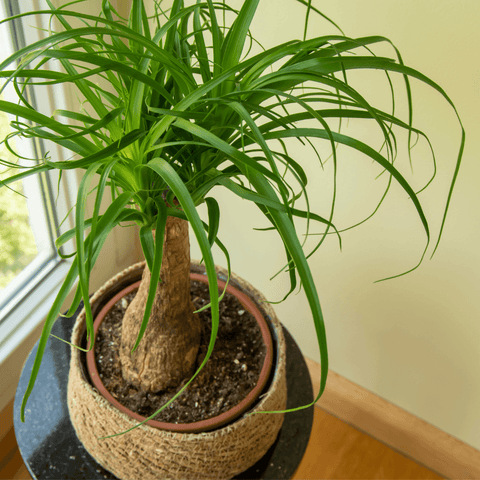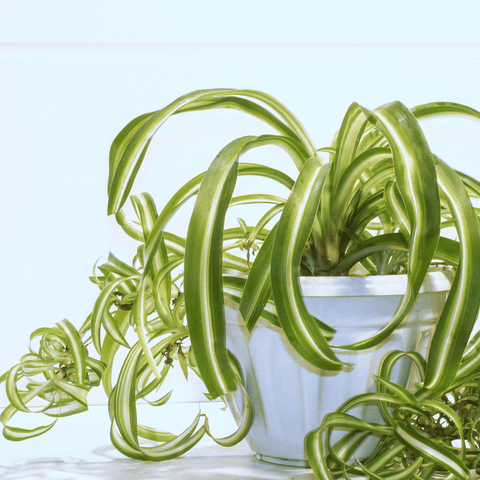Are you a plant lover looking for an easy-to-grow addition to your home? Look no further than the Ponytail Palm! Also known as the Bottle Palm Tree or the Elephant Foot Tree, this tropical plant is native to Mexico and belongs to the Agave family.
Not only is it low maintenance and easy to care for, but it's also a beautiful and unique plant that can thrive in almost any environment. In this guide, we'll cover all the basics of caring for your Ponytail Palm Tree so you can enjoy a thriving new addition to your home.
Light:
When growing a Ponytail Palm, bright light is critical! The best spot to place your new friend is somewhere that receives bright indirect light - avoid windows as they amplify the sun's intensity and may create heat that could damage the plant. Too much direct sunlight can also be damaging, so make sure your Ponytail Palm receives plenty of bright but indirect light.
Water:
Water your Ponytail Palm every 1-2 weeks and allow excess water to run out the drainage holes in the nursery pot or whichever vessel you transplant into. If your pot has no drainage holes, we recommend adding clay drainage balls to the bottom of the pot. But be careful not to overwater - as with most succulents, your Ponytail Palm will thrive in dry conditions.
Toxicity:
The great news is that the Ponytail Palm is non-toxic to humans and animals, so you can rest easy knowing your furry friends are safe around this plant.
Basic Plant Care:
We recommend transplanting within one year into a 1-2 inches larger vessel using a regular potting mix. Clean leaves with a damp paper towel every 1-2 weeks to aid photosynthesis and stimulate growth. Check leaves and stalks for pests while cleaning - if pests are found, remove them with a damp paper towel and use a mild organic pesticide in a spray bottle to coat the affected areas.
Now that you know all the basics of caring for your Ponytail Palm Tree, you're ready to enjoy this beautiful, low-maintenance addition to your home. Happy planting!





Comments (0)
There are no comments for this article. Be the first one to leave a message!